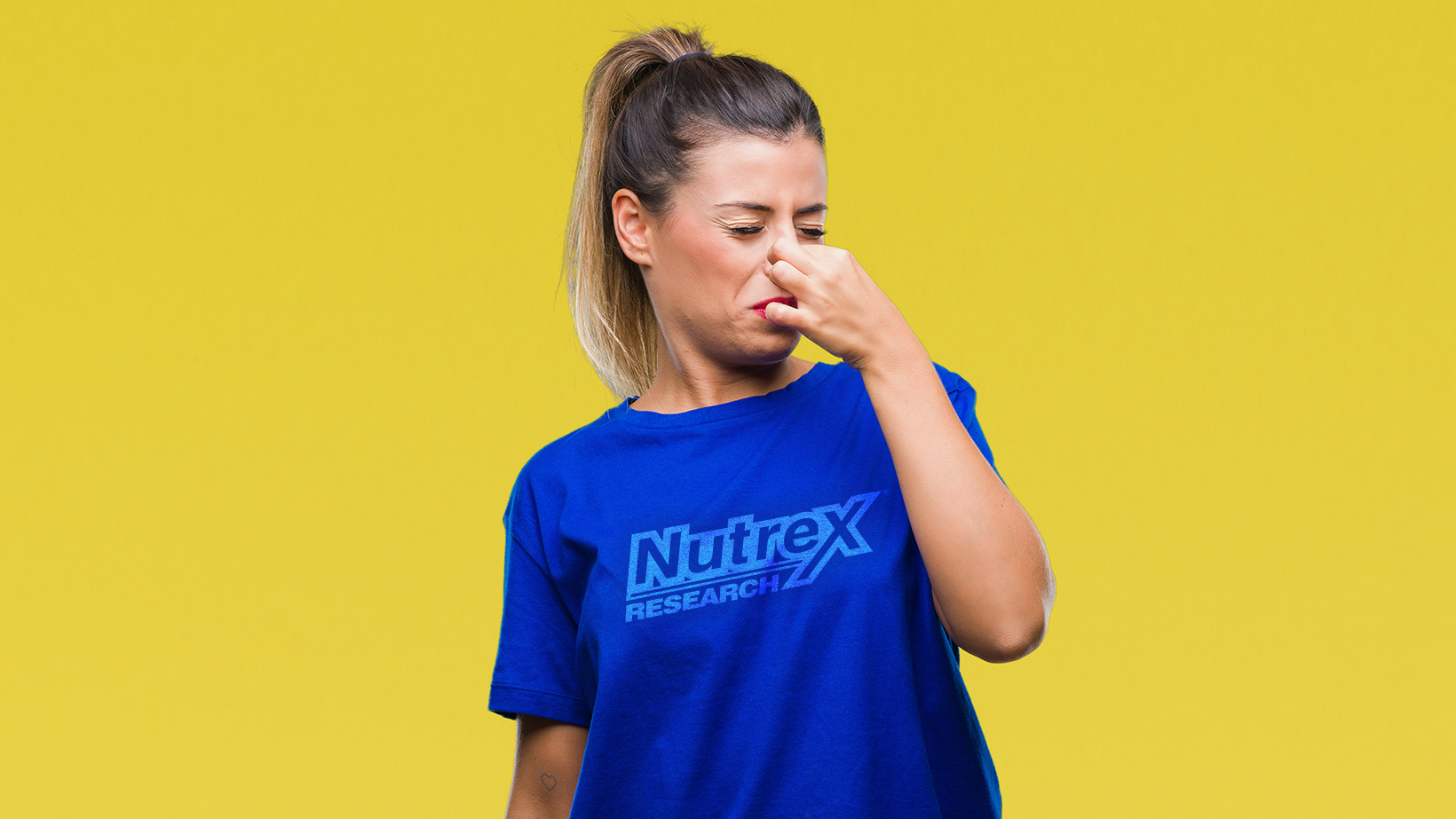First explored for the treatment of epileptic seizures in children, the ketogenic diet is a high-fat, ultra-low carbohydrate diet that has taken the populace by storm.
And, at first glance, it’s easy to see the appeal of “going keto” when you read the swarm of fat-fueled blogs that have sprung up over the past couple of years espousing the many benefits of the diet including:
- Increased fat burning
- Reduced hunger
- Decreased blood sugar levels
- Heightened cognitive function
- Improved lipid profiles
However, not all is rosy amid high-fat dieters as a number of unintended consequences have begun to be reported recently. Most recently, a number of accounts have surfaced discussing a phenomenon known as “keto crotch” which is the onset of a strange, unpleasant odor emanating from the nether regions betwixt the thighs.
This isn’t the first time a strange, intense body odor has resulted from people ditching carbs and embracing fat with open arms either. “Keto breath” is another side effect that happens to people when they go keto. Keto breath is best described as “metallic” smelling breath that’s reminiscent of nail polish remover.
The reason for this change in breath odor is due to the body’s increased production of ketone bodies. As you probably know, when you adopt a ketogenic diet, your body switches from burning glucose for energy to fat. When fat is broken down for energy, one of the byproducts are ketones — organic compounds comprised of carbon, hydrogen, and oxygen atoms.
One of the three main ketone bodies is acetone, which is a common ingredient in many nail polish removers. This accumulation of acetone in the body may lead to certain individuals having “keto breath.”
Moreover, researchers have known for quite some time that drastically changing your diet (i.e. going keto) can lead to changes in the gut microbiome as well as the odors leaking out from the body.[1] The question then is whether these alterations can affect the odor coming from between your legs (or any other region of the body) like it does to the mouth.
Unfortunately, there is no research currently published investigating changes in body odors with changes in diet. Theoretically speaking, keto crotch may be a possibility, as one study conducted in women found that consuming diets higher in total fat and saturated fat were linked to more severe cases of bacterial vaginosis. [2]
In case you weren’t aware, bacterial vaginosis is an inflammatory condition caused by the overgrowth of certain strains of bacteria naturally occurring in the vagina.[3] This overgrowth leads to a disruption of the natural balance of bacteria and ensuing “off” odors.
So, is it possible that a high-fat, ketogenic diet could lead to excess ketone production altering the pH balance thereby allowing for bacteria growth and foul odors? Sure, anything is possible, but it’s highly unlikely as there is zero proof thus far that the keto diet causes smellier-than-normal crotches.
Then again, the long-term practice of ketogenic diets in otherwise healthy people has not been extensively researched, which means there may be side effects researchers have yet to uncover.
Suffice it to say that the current fervor over keto crotch is being blown out of proportion a bit. It may or may not exist, but we can’t know for certain one way or the other. Diet, scented sprays and feminine hygiene products can all alter vaginal pH and ultimately their smell.
If you notice any redness, itchiness, burning, and abnormal discharge, it’s time to go see your doctor and get checked out. Do not attempt one of the “home remedies” being bandied about the blogosphere (cider vinegar baths, alcohol swabs, etc.) for treating keto crotch as they could be potentially dangerous.
References
2. Yasmin H. Neggers, Tonja R. Nansel, William W. Andrews, Jane R. Schwebke, Kai-fun Yu, Robert L. Goldenberg, Mark A. Klebanoff, Dietary Intake of Selected Nutrients Affects Bacterial Vaginosis in Women, The Journal of Nutrition, Volume 137, Issue 9, September 2007, Pages 2128–2133, https://doi.org/10.1093/jn/137.9.2128
3. “STD Facts – Bacterial Vaginosis.” Centers for Disease Control and Prevention, 11 Jan. 2019, www.cdc.gov/std/bv/stdfact-bacterial-vaginosis.htm.








